
Keloids are long-lasting, tough scars that rise above the rest of the skin. The scars are normally smooth on top and pink or purple in color. Keloids are shaped irregularly and will enlarge gradually, over time. Keloids do not subside as time passes. Keloids are common to both men and women. In the past, women were more susceptible to keloids as a result of greater proliferation of body piercing amongst females. Those with darker skin are more likely to develop keloids, but occurrence is common to all skin types. Children and elderly people are less susceptible to keloids. Keloid formation might be a hereditary condition.
Appearance
Normal scars occur after an injury to the skin. The scar can be hypertrophic but is usually confined to the area where the wound occurred. These scars are normally red in color and usually subside gradually and without treatment. Corticosteroids can speed up the healing process of the scars. Keloids, on the other hand, can develop some time after the occurrence of the injury. They extend beyond the boundaries of the site of the wound. This movement is what distinguishes keloid scars from normal or hypertrophic scars.
Keloids appear shiny and are shaped like a dome. The color of the scars tends to be either pink, purple or red. In some cases, the scars can become very large. The scars might also be itchy, painful and tender, and can cause negative cosmetic effects.
Causes
Usually, keloids appear after surgery or injury, but might also occur randomly, or even in reaction to minor irritation such as that of acne pimple on the chest. Burns and piercings can also trigger the onset of a keloid scar. Commonly, piercings are the cause of keloid formation. It is not possible to comprehensively state whether one person will suffer from keloid formation as a result of piercing - this is because of a lack of understanding of the underlying causes of the condition. It is possible to develop a keloid, for example, in one ear but not the other - in the case of both ears being pierced.
The cause of this type of scarring is not entirely understood by the medical profession. Some theories advance the notion that keloid formation is related to changes in cellular signals controlling growth and proliferation. However, these changes have not been completely scientifically examined.
Prevention
For the most part, keloids tend to develop on the chest, shoulders, back and earlobes. It is rare for keloids to appear on the face. Prevention is crucial when it comes to keloids, and those who do develop these scars should not undergo skin surgeries or piercings having developed a keloid scar. Current treatments for the condition are not always successful.


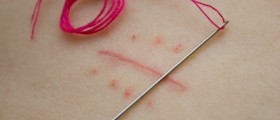
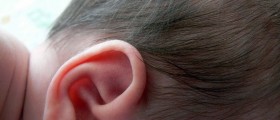
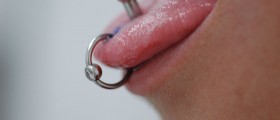

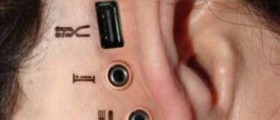




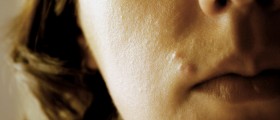

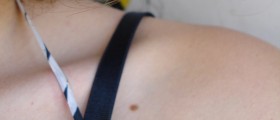
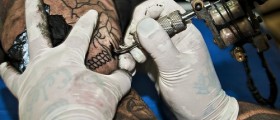
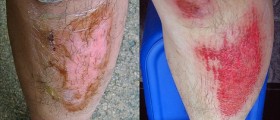
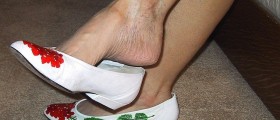
Your thoughts on this
Loading...